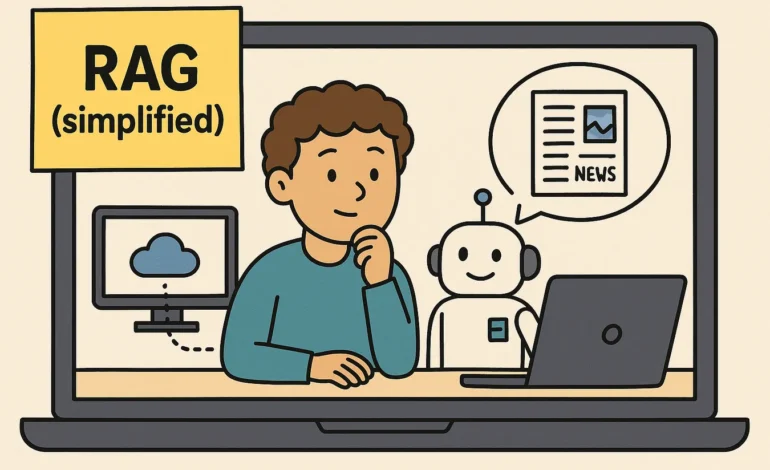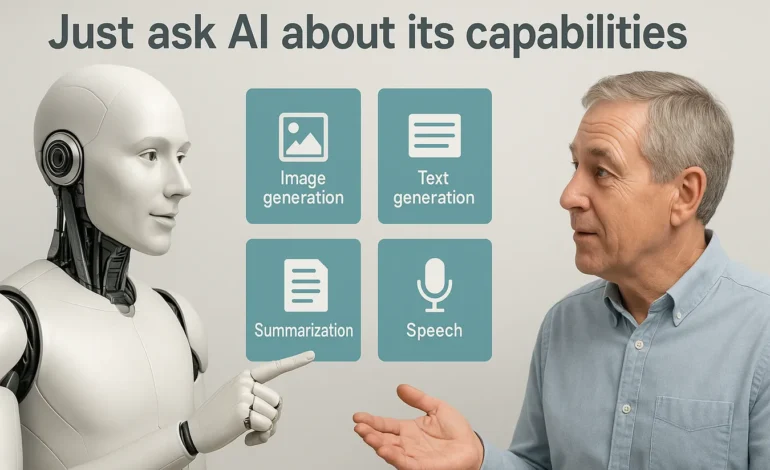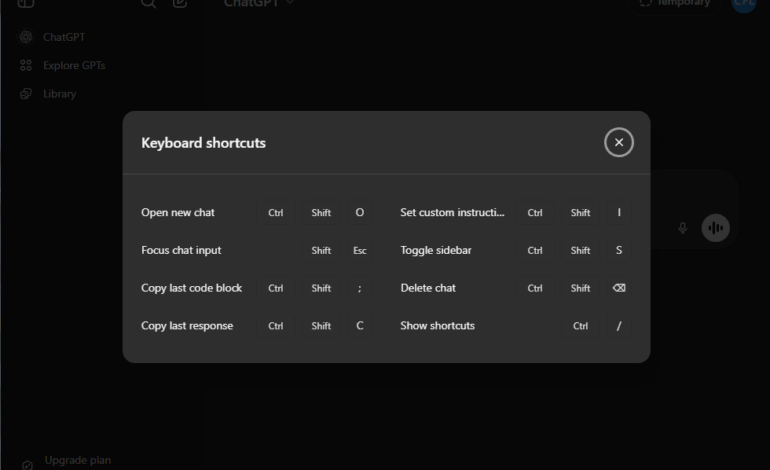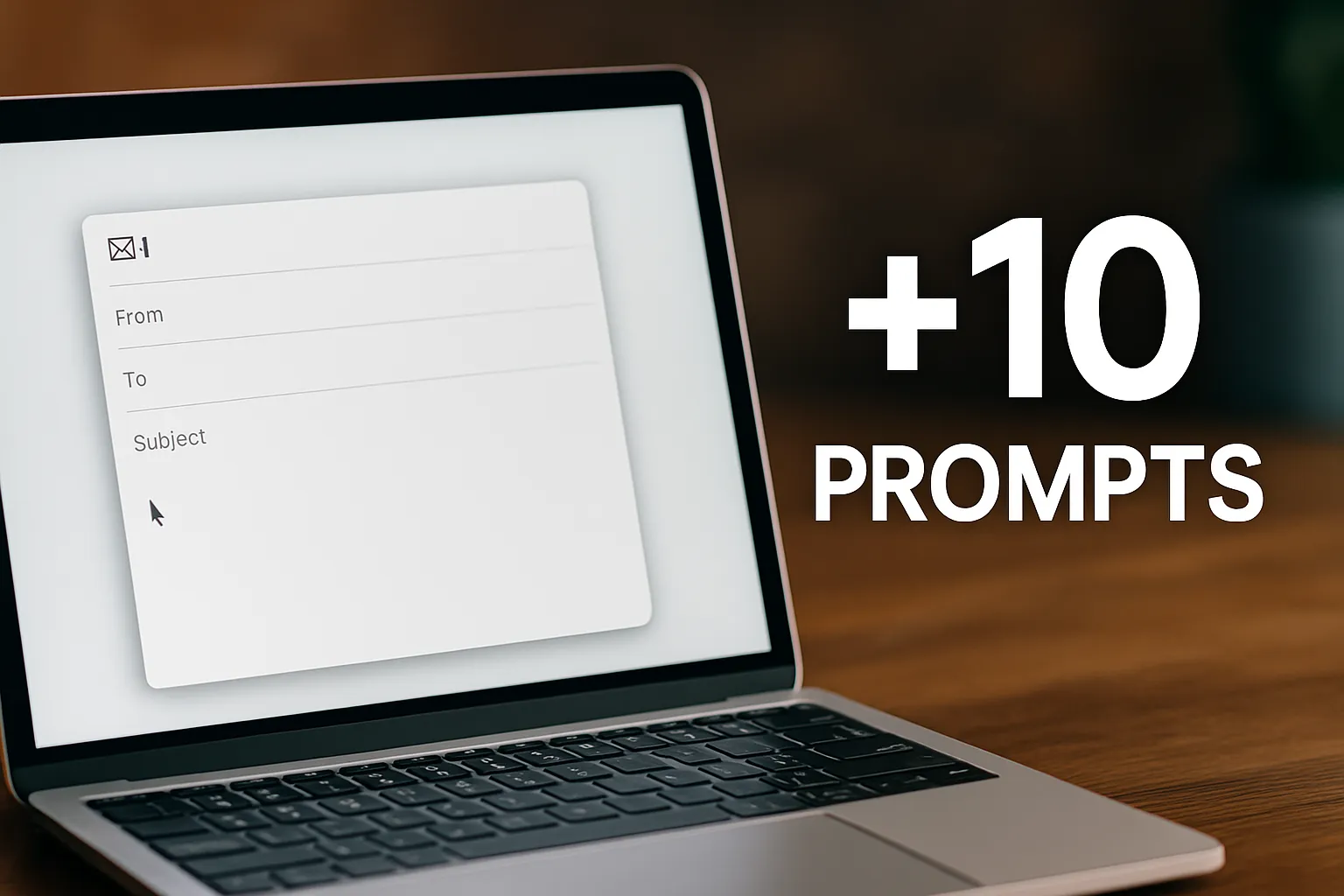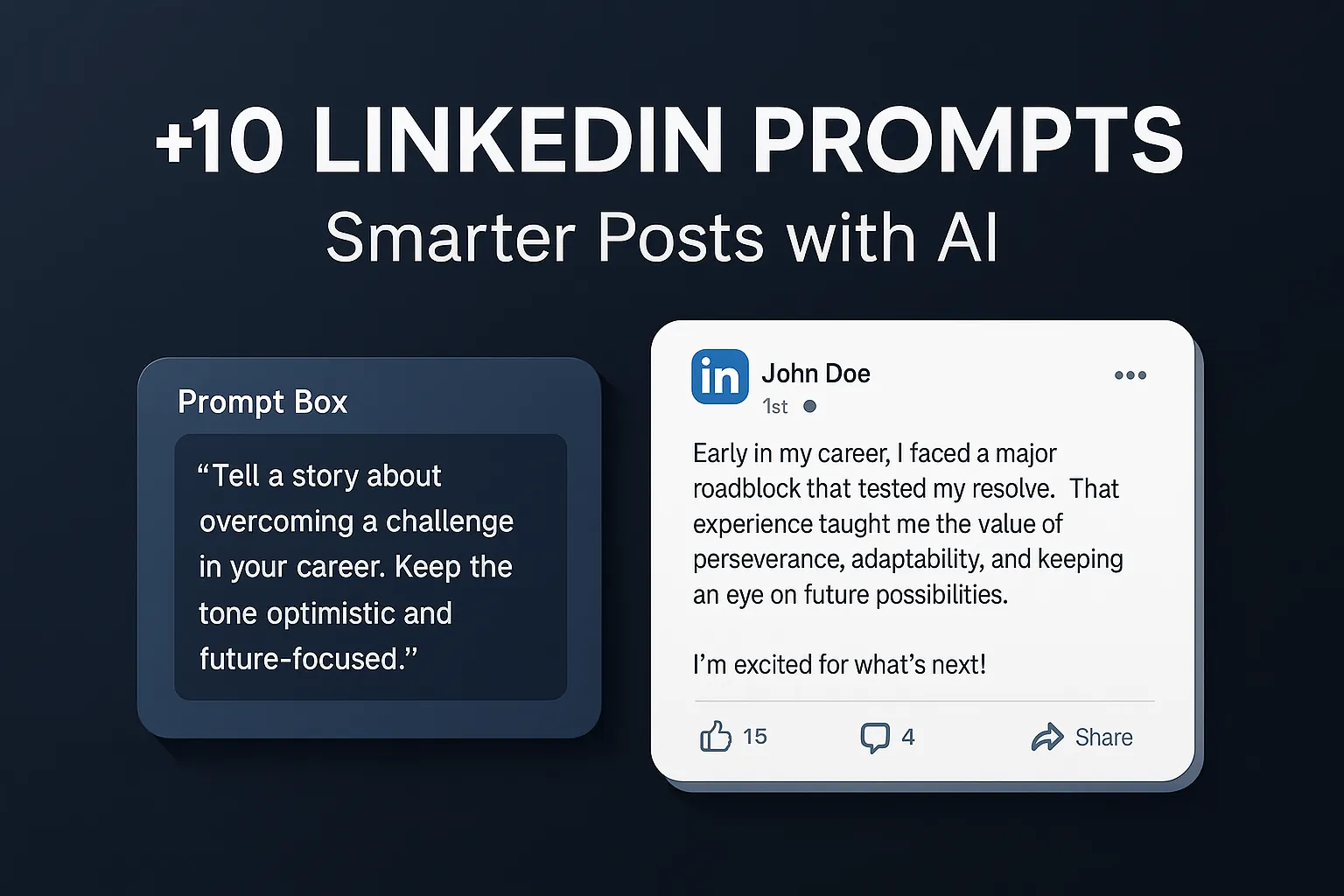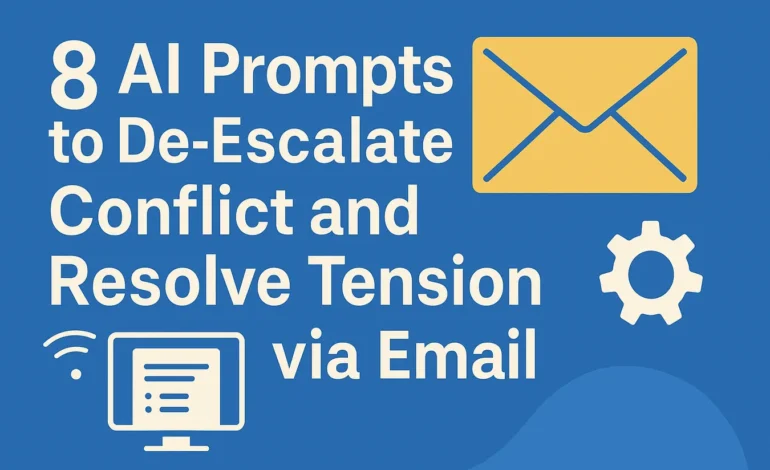
8 Prompts to De-Escalate Conflict via Email
Email is often where professional conflicts begin — but it can also be where they are resolved. When tensions rise, writing a message that is both firm and empathetic is one of the hardest skills in communication. Many people swing between extremes: being too direct and triggering defensiveness, or being too vague and avoiding the issue entirely.
AI tools can now act as a kind of tone coach and empathy filter, helping you structure replies that balance professionalism and understanding. Instead of guessing how your tone might be perceived, you can prompt the AI to enforce neutrality, clarity, and tact — especially in high-stakes email exchanges.
- Core Goal: Shift the focus from blame and emotion to solutions and next steps.
- AI’s Role: Maintain emotional neutrality and acknowledge the other person’s perspective before stating your position.
- Best Technique: Apply the “Sandwich Method” — empathy first, position second, next step last.
Section 1: The Initial Response and Boundary Setting
Any effective de-escalation starts with recognition. Before you defend your position or propose fixes, acknowledge how the other person feels and show that you’ve listened. That single step lowers emotional barriers and opens the door to constructive discussion.
Prompt 1: The Mirror and Validate Technique
When an email arrives filled with frustration or disappointment, mirror the sender’s main concern and validate it in your reply. You don’t have to agree — you simply need to show that you understand. This is often the fastest way to calm an emotional situation before facts are discussed.
Prompt: Mirror and Validate
A client sent an angry email saying we missed an important deadline that impacted their product launch. Write a calm, empathetic reply that: 1) Acknowledges the frustration about the impact. 2) Clarifies what actually caused the delay. 3) Suggests a short call to align on recovery steps.
Prompt 2: The Unpacking and Defanging Method
When someone’s email mixes several emotional points, separating them is essential. This prompt helps the AI break a heated message into clear, factual issues and respond to each individually. It prevents defensive back-and-forth by turning chaos into clarity.
Prompt: Unpacking and Defanging
You received a long, emotional email covering several complaints. Break it into three factual issues (A, B, C). Write a short, professional reply that addresses each issue separately using calm, objective language.
Section 2: Delivering Firm Decisions with Empathy
Sometimes, you must say no — but how you say it determines whether trust is strengthened or lost. The following prompts teach AI to balance assertiveness and warmth, ensuring difficult messages are received as fair and professional rather than cold or defensive.
Prompt 3: The Soft No
Declining a request doesn’t have to damage relationships. Use this prompt to help the AI frame your denial with empathy and offer a constructive next step or compromise.
Prompt: Soft No
A vendor requested a 25% budget increase for a fixed-scope project. Write a professional email that: 1) Thanks them for their work. 2) Explains that budget limits make the increase impossible. 3) Proposes an alternative, like reducing scope or extending the timeline.
Prompt 4: The Assumed Intent Technique
Misunderstandings often come from perceived tone or intent. By assuming good faith, you immediately diffuse potential conflict. This prompt guides AI to restate the issue as a shared concern, not an accusation.
Prompt: Assumed Intent
A colleague publicly questioned your data source in a meeting. Write a reply that assumes they did so to ensure data accuracy. Confirm the source, thank them for raising quality concerns, and suggest continuing the discussion privately.
Prompt 5: The Decision Clarifier
When decisions meet resistance, avoid justifying or arguing. Instead, explain the reasoning clearly and show alignment with shared objectives. This prompt helps position decisions as logical outcomes, not personal choices.
Prompt: Decision Clarifier
The leadership team decided to standardize reporting tools, but one department objects. Write an email explaining that: 1) The decision aligns with the company’s goal of risk reduction and efficiency. 2) Transition support will be provided. 3) Implementation steps are non-negotiable but transparent.
Section 3: Proactive Conflict Prevention and Reflection
Instead of reacting to conflict, anticipate it. These prompts use AI to assess tone before you send a message or to capture lessons after tensions are resolved. Both approaches reduce friction and improve long-term communication quality. Related reading: Symbolic AI and Logic.
Prompt 6: The Tone Audit
Before sending a sensitive message, let AI audit it for unintended hostility or passive aggression. This simple review can turn a defensive-sounding email into one that feels composed and fair.
Prompt: Tone Audit
You wrote an email after a frustrating meeting. Review the draft and rewrite it to remove frustration, defensiveness, or sarcasm. Keep the tone confident, neutral, and focused on next steps.
Prompt 7: The Post-Conflict Protocol
Once a conflict is resolved, reflection helps prevent repetition. This prompt directs AI to summarize what happened, why, and how to avoid it next time. It’s ideal for team retrospectives or client updates.
Prompt: Post-Conflict Protocol
After resolving a client dispute about scope, draft a short internal memo that: 1) Identifies the root cause. 2) Lists three concrete prevention steps. 3) Updates how 'scope creep' will be defined in future contracts.
Prompt 8: The Pre-Emptive Conflict Audit
Before sending a policy or announcement, use this prompt to check whether the tone sounds supportive or punitive. AI can rephrase policies to sound transparent, inclusive, and motivating — without softening the rules themselves.
Prompt: Pre-Emptive Conflict Audit
Review the draft of a new HR policy announcement. Identify any phrases that sound restrictive or disciplinary. Rewrite them so the message emphasizes collaboration and shared responsibility.
This article provides general communication guidance only. For HR or legal compliance, always consult your internal departments before distributing official statements.
Final Cheatsheet: De-Escalate Today
Three principles to defuse tension and write with authority:
- Validate first, position second: Begin by acknowledging how the other person feels, then explain your view clearly and calmly.
- Focus on the future: Stop rehashing what went wrong; redirect toward actions that prevent it from happening again.
- Audit your tone: Review every important message for neutrality and balance before pressing send.
FAQ: AI for Difficult Conversations
Q
What is the most effective de-escalation technique?
Start by validating the other person’s feelings. It signals respect and shifts their focus from emotion to logic, which allows resolution to begin.
Q
Can AI create genuine empathy?
AI can help phrase empathy authentically, but sincerity still depends on human intent. Use AI to guide tone, not to replace emotional intelligence.
Q
What does the Future Focus Reset achieve?
It redirects discussion away from blame and toward progress by quickly acknowledging the issue and outlining forward-looking steps.
In a Nutshell: Clarity Over Conflict
AI can serve as a reliable co-pilot for handling tough conversations. By using prompts that encourage empathy, structure, and focus, you can write messages that calm tension, build understanding, and protect professional relationships.

